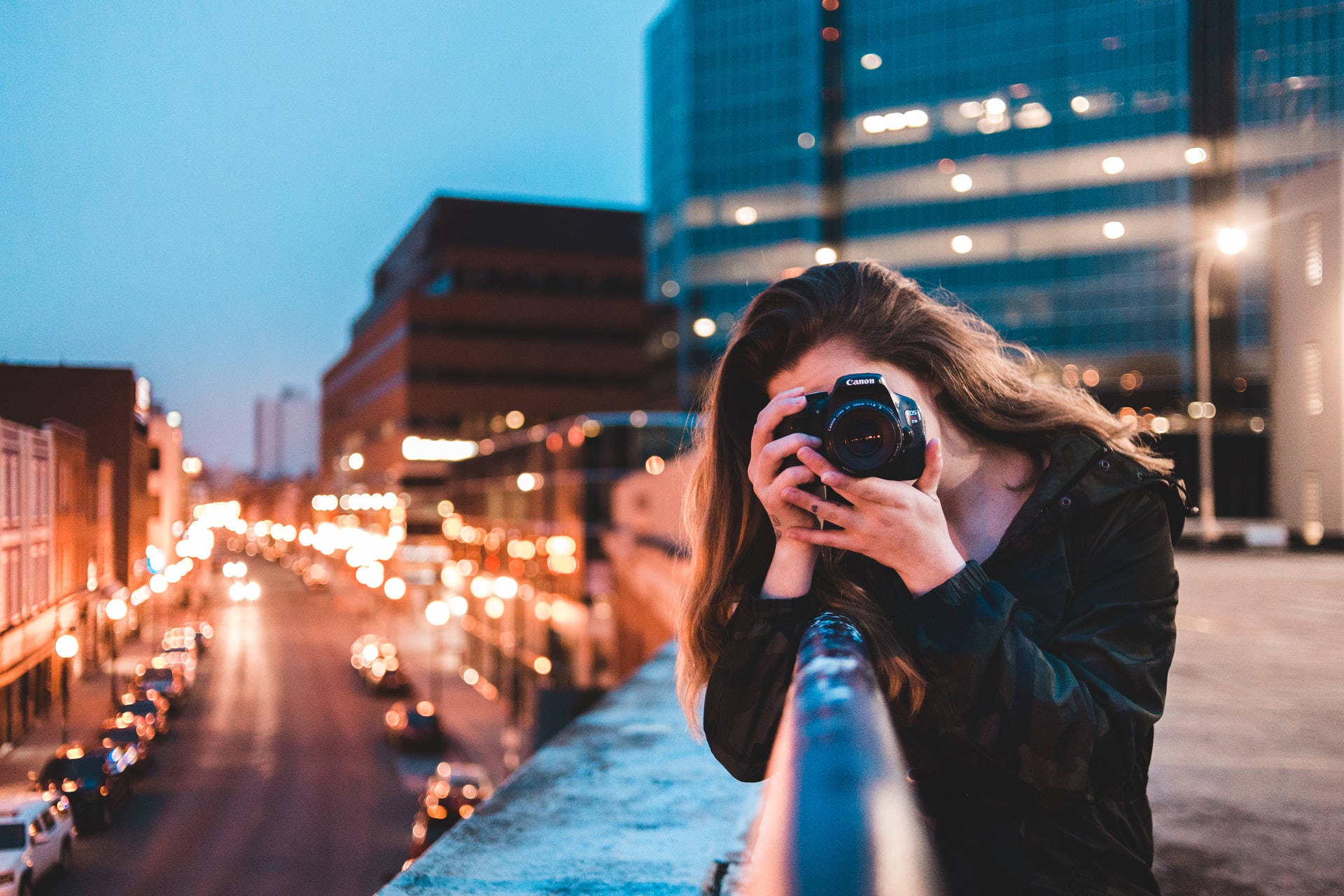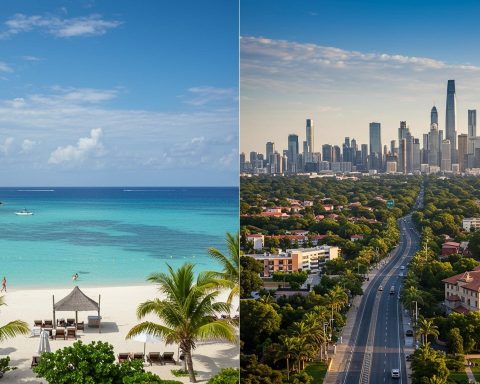Invest in a camera (digital or analog) and be prepared to shoot as needed. Load the camera’s film cassette with the film (if necessary). The camera’s shutter release mechanism clicks into action. Look for a subject that will provide the viewer with an enjoyable aesthetic experience before pressing the shutter button.
The first part of the prescription should take a new patient anywhere from a week to a month to learn how to use a camera. Nevertheless, the second phase will take anywhere from a few years to eternity. This is what I’d like to focus on.
It is possible to grow as a photographer in various ways.
- Don’t do anything.
Many people use their cameras to capture precious moments like family reunions and vacations, and they are happy with the results.
- Review photography-related websites for ideas on how to improve your photos.
Your photos will be more focused if you use these techniques. The best place to look for quick inspiration is right here.
- Find an appropriate website to have your photographs critiqued.
This is a great way to find out what other people think of your photos. However, caution should be exercised. Critique differs in degree depending on who the critic is. Some of your assessors may be seasoned experts, while others may be novices. Use this method only if you know enough to assess the assessors themselves (see point 4).
- Learn from well-known artists’ work.
If you follow this path, you will learn about the elements that make a good photograph great. This necessitates effort and diligence on your part. Look at art criticism instead of just a few photos to get a better idea of what art educators think and why. This has the drawback of not allowing you to see how your work compares to the competition. If you decide to go this route and also join a critique website (see point 3), you will know which criticism to ignore and which to pay attention to.
- Take up photography and join a club.
A lot of clubs host lectures, workshops, and exhibitions that are judged. This can be a useful learning opportunity for those who prefer doing things on their own.
- Attend a course (online or in person)
Classes come in all shapes and sizes. Choosing a course with assignments and feedback allows you to learn the basics from an expert photographer.
- Make use of a mentor.
The difference between a competent photographer and someone who views photography as an art form must be discussed at this point. If you’re a good photographer, you’ll be able to take images that look good on a postcard or calendar. Using a camera, the artist will be able to capture images that depict his or her interpretations of reality. To achieve the former, choose from methods 1 through 6 if you don’t want the latter. You should be able to develop your own unique way of seeing things with the help of a good coach.
- Attend a university or college of fine arts.
For those who can afford it, this is the best option. In high school, I attended the San Francisco Art Institute and graduated with honors. So, here’s how that went down. On top of that, I attended a photography class twice a week. Each student pinned 20-30 photographs to the wall, and under the guidance of an accomplished professional, we discussed and critiqued one another’s work at every class meeting. We also studied the history of photography and other forms of art in our classes. For me, it was a combination of filmmaking, painting, drawing, sculpture, and printing. Guest lecturers came in often. There were no rules taught to us. Rules weren’t even brought up. In the end, we learned what art was about by being exposed to so many different kinds of art over the years, from classical to contemporary.
Enhancing your photography skills can be accomplished through a variety of means. Decide on your goal before making a decision. If you’re pressed for time but still want to make your photos look nice, check out the how-to guides. On the other hand, if you want to be a professional artist, nothing compares to going to art school. For the most part, people are somewhere in the middle.










